-
When you click on links to various merchants on this site and make a purchase, this can result in this site earning a commission. Affiliate programs and affiliations include, but are not limited to, the eBay Partner Network.
-
Posts
4,254 -
Joined
-
Last visited
-
Days Won
5
Content Type
Profiles
Forums
NGC Journals
Gallery
Events
Store
Downloads
Posts posted by brg5658
-
-
-
Have we been invaded by a ChatGPT hallucination?

- GoldFinger1969 and RonnieR131
-
 1
1
-
 1
1
-
On 4/2/2024 at 11:14 PM, VKurtB said:
Hence the reason it needs to be humanely put down.
Silly and pedantic opinion.
Language is about agreed upon meaning between communicators. No one in the niche coin area is confused by the term "juiced" with regard to coin photos (except apparently you).

- Henri Charriere and Coinbuf
-
 1
1
-
 1
1
-
- Popular Post
- Popular Post
-
20 minutes ago, RWB said:
The original "bronze" standard was 95% copper and 5% tin and zinc - the proportions were not specified but it was often about 2% tin and 3% zinc. (True "French bronze" sometimes called "bell metal" is approx. 93% copper 5% tin and 2% zinc.)
The original alloy was used until the Spring of 1941 when the mints eliminated "all but a trace" of tin. That alloy - which was really brass - continued (except 1943) until the change to zinc in 1983. The so-called "transition error" is nothing more than the Mints using leftover planchets of the old alloy. It doesn't "transition" anything, except possibly cleaning out the "attic."
Couldn't the same be said for the copper 1943 cents that should have been struck on zinc coated steel planchets? If the 1943 "transition" pieces are errors (previous copper alloy planchet struck with 1943), why wouldn't the 1983 pieces be considered "transition" errors (previous copper alloy planchet struck with 1983)? Just because the alloy from 1982 looks like the new 1983 copper plated zinc cents (i.e., they both look like copper), why would it not quality as this magical "transitional error" type?
NGC groups errors they will attribute into 3 main categories:
- Errors related to the die (Part 1)
- Errors related to the strike (Part 2 and Part 3)
- Errors related to the planchet (Part 4) ← This one
I'm not sure why NGC differentiates "transitional errors" versus just calling them what they are - wrong planchet errors. All "transitional errors" are a subset of wrong planchet errors. The "sex-appeal" factor of them being left over and part of an "attic cleaning" seems to make them sell for insane money.

I have no horse in this race - error coins bore me to tears as collectibles, though I find them interesting from a minting process standpoint.
-
-
- Popular Post
- Popular Post
The last of my 2020 pieces. I'm still at ZERO new numismatic items for 2021 so far.
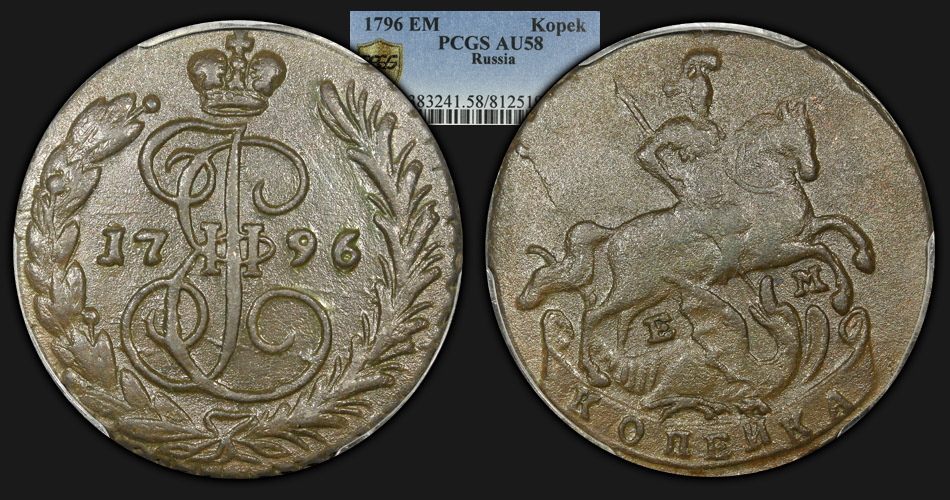



-
- Popular Post
-
33 minutes ago, Moxie15 said:
The little I have dealt with foreign collectors and dealers. and sadly this was around ten years ago, NGC was the far and away the best accepted US grading firm.
It still is. PCGS has become particularly inconsistent and wild with some of their grading of non-USA coins.
-
3 hours ago, World Colonial said:
Might be it but I did not know it had a mintage of four. I did not look it up, only that I saw it was a 2019 and a 5 Sovereign.
Most overpriced coin ever (not even close) is the South Africa 2008 Mandela 90th BD 5R NGC MS-69 purportedly sold by the South African Coin Company for the equivalent of $338,000.
It is not a 5 sovereign. It is a 2 kilogram hunk of gold with nominal value of £2000.
-
On 2/19/2021 at 7:04 PM, World Colonial said:
Most of the coins are distinctive though a few quite overpriced as far as I am concerned, except compared to the closest comparable US coinage.
The one coin which is most overpriced is the 2019 5S. The price is absurd and I presume due to the COA #1. I'd rate it as one of the most overpriced and worst numismatic values in the world, literally.
Are you referring to the 2019 £2000 2-kilo (64.3 oz troy) Una and the Lion? With a mintage of only 4 pieces, I’m quite sure there is nothing all that special about a COA#1.
I think you are confusing this with the smaller issued gold pieces. It’s not a bargain at the price noted, but it is nowhere near the most absurd or overpriced numismatic item I’ve seen.
-
- Popular Post
- Popular Post
Picked up these two at the end of 2020.

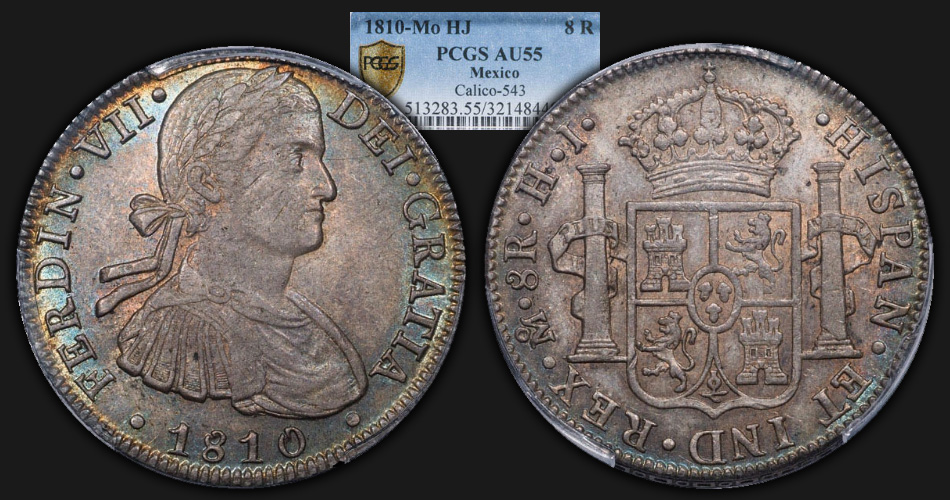
-
- Popular Post
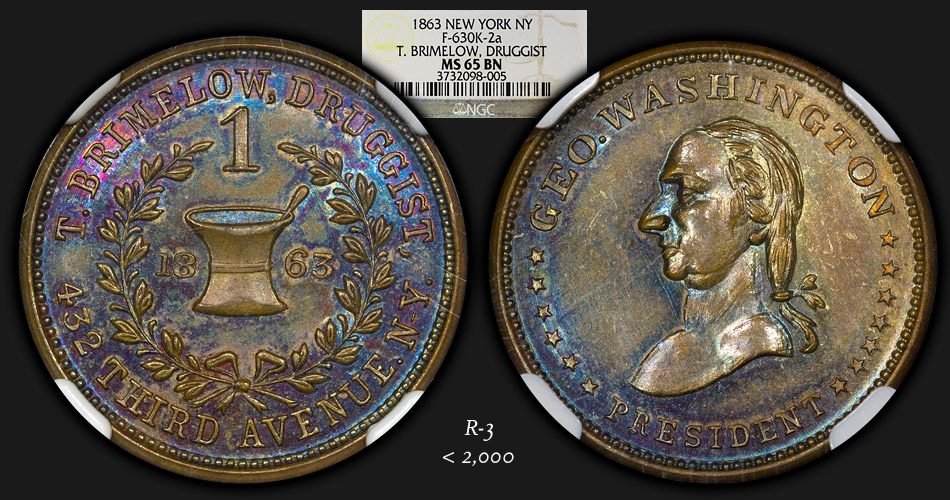
- Fenntucky Mike, Just Bob, Mr_Spud and 1 other
-
 4
4
-
A profound contribution to these boards, as always @MAULEMALL

-
I've been having problems with CoinTalk loading very slowly for over a week - and today, it won't load at all. I get a "504 Gateway Timeout" error.
Anyone else having these issues?
-
- Popular Post
Here is my date set of the Upper Canada St. George Half-penny Tokens - they were issued in years 1850, 1852, 1854, and 1857. It took me 8 years to put together a nice date set of half pennies.
I have a couple dups, but I'm okay with that.





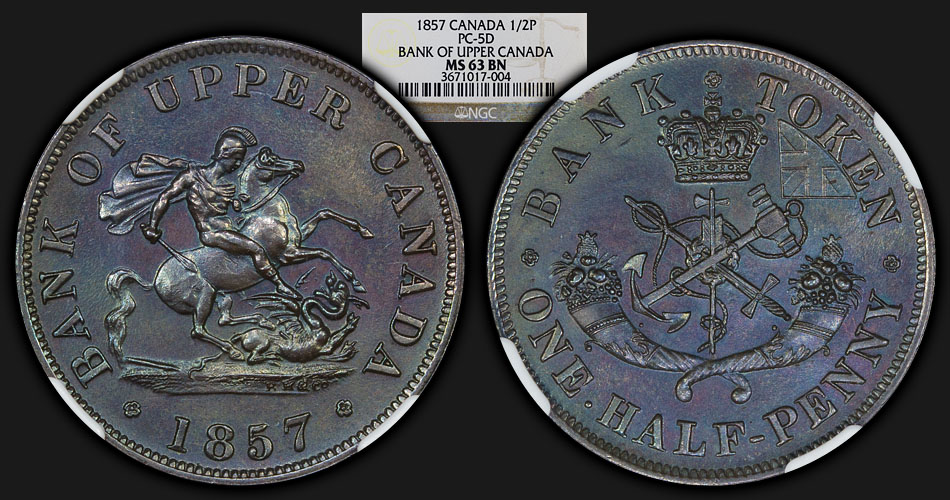

-
A bumpkin who knows Greek? Impressive.
-
- Popular Post
- Popular Post
Thanks for the update @MarkFeld!
Smartest decision I have seen from a Floridian in some time. There are more important things than coins...getting a nice coin is not worth dying for (or killing others).
-
4 minutes ago, RWB said:
Membership in MCA is $57 per year.
Electronic Membership is only $26 - or $57 if you want the print membership.
-
22 hours ago, RWB said:
"Medal Collectors of America"
The Raven medal is on the order page listed as "2020" but has no photo or description.
Beautiful medal.
For others: https://www.medalcollectors.org/membership/medals
The bronze is $150, the silver is $450.
-
3 minutes ago, GoldFinger1969 said:
Has the buyer told us that ? I doubt it. This is a small-enough company that I cold see D1/Cohen keeping it a long time...or just fixing-it-up and expanding overseas/currency and re-IPOing in a few years.
They may think they can get the valuation to $2 billion within 3-5 years.
By what means would the growth happen? Continually changing plastic formulations to encourage resubmissions? Continued gradeflation to encourage resubmissions? Convincing the rest of the world besides the US that slabs are useful? The slippage of PCGS in terms of their consistency in grading has been noticeable the past 2-3 years. I also believe their fundamentals are pretty flat, so the recent huge uptick in their stock price is not justified. Like much of the stock market at the moment, it's being propped up artificially by policy. IMO the 3-5 year horizon has a bubble a comin'! I'm thankful I'm 20-ish years from retirement.
-
1 hour ago, MarkFeld said:
Here's a thread on that subject, that's still alive: https://forums.collectors.com/discussion/1047697/collectors-universe-has-been-sold#latest
There is also one in the "World" section: https://forums.collectors.com/discussion/1047737/collectors-universe-bought-privately-by-investors-group-what-affect-do-you-think-this-will-have
I rarely leave the "World" section on CU forums because they are a train wreck of bickering completely non-numismatic threads.
-
Chop it up, bank the profits, and burn the place down on your way out. Nat Turner already has a history of these kinds of deals. Invest in something, grow its perceived value, pray for an acquisition for crazy money, then jump ship with your bags of money.


- RonnieR131 and Cat Bath
-
 2
2
-
- Popular Post
I might have too many of this type.


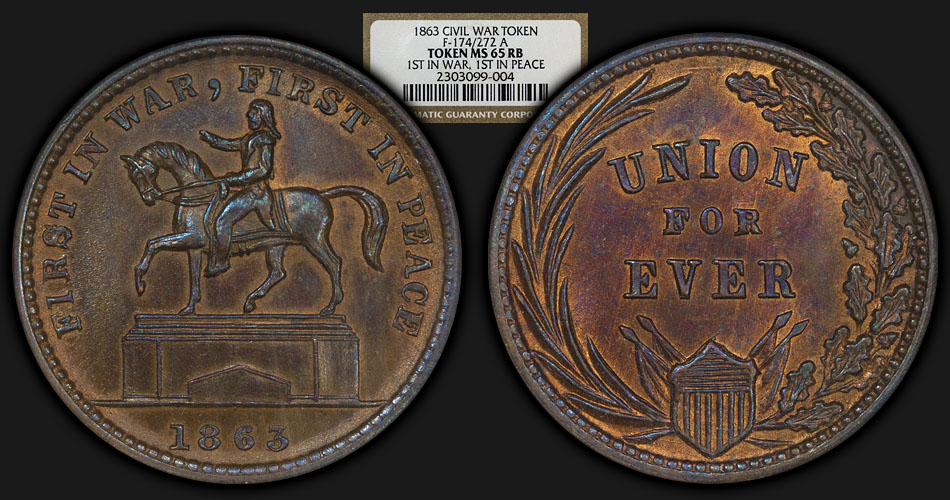
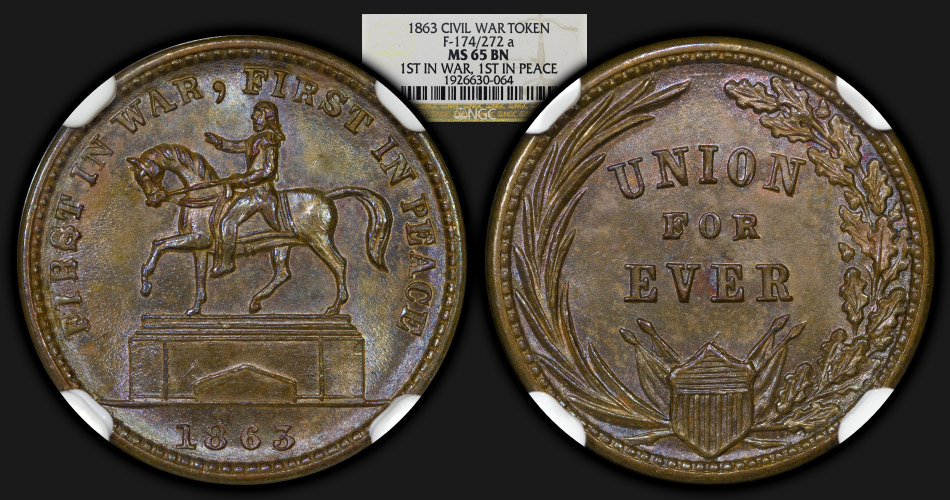
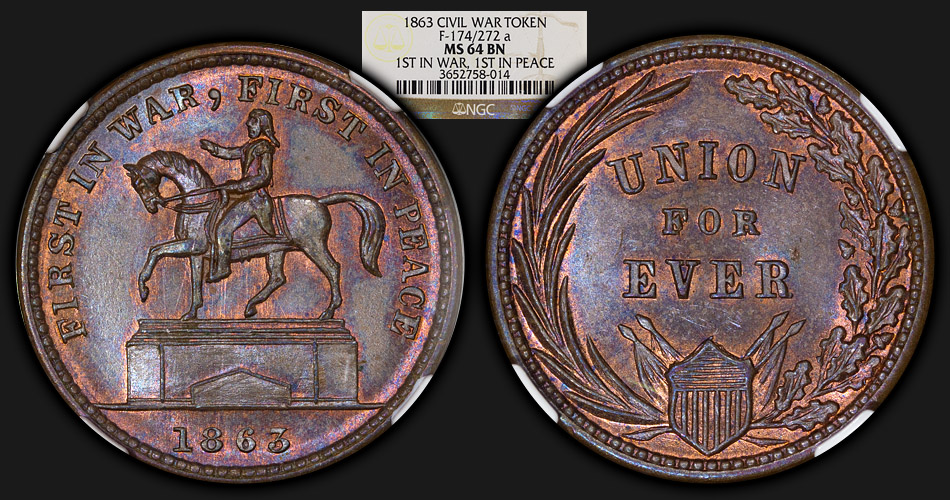
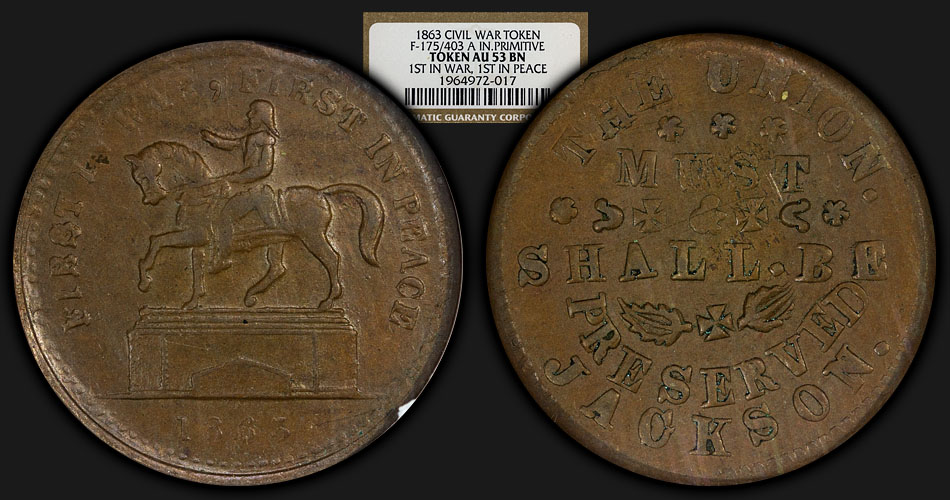
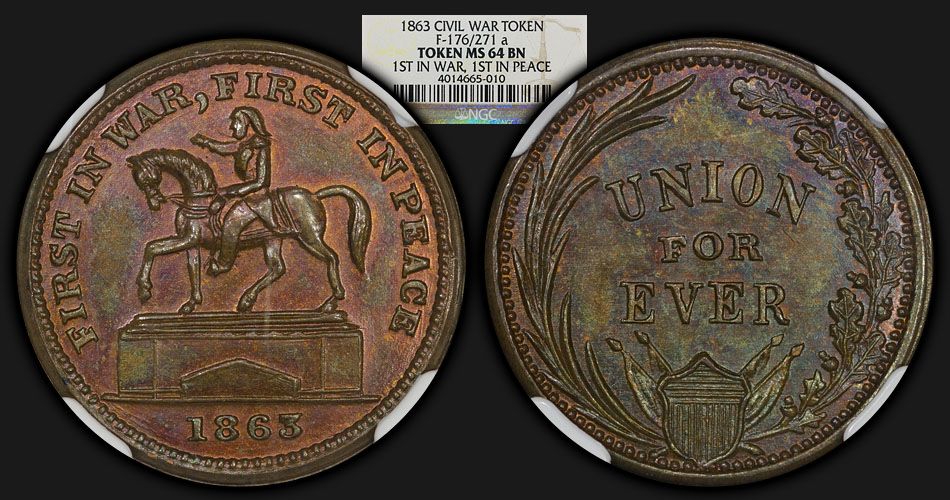
- Alex in PA., ldhair and Just Bob
-
 3
3







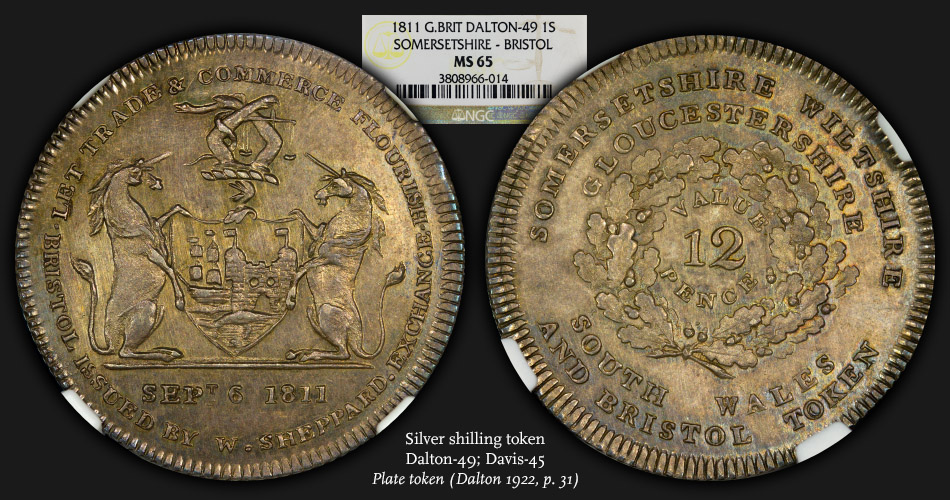
Do the impacted areas of the obverse of this coin look accurate/legit?
in US, World, and Ancient Coins
Posted
Dodecahedrons are 3-dimensional solids with 12 faces. You mean dodecagon - a polygon with 12 sides.